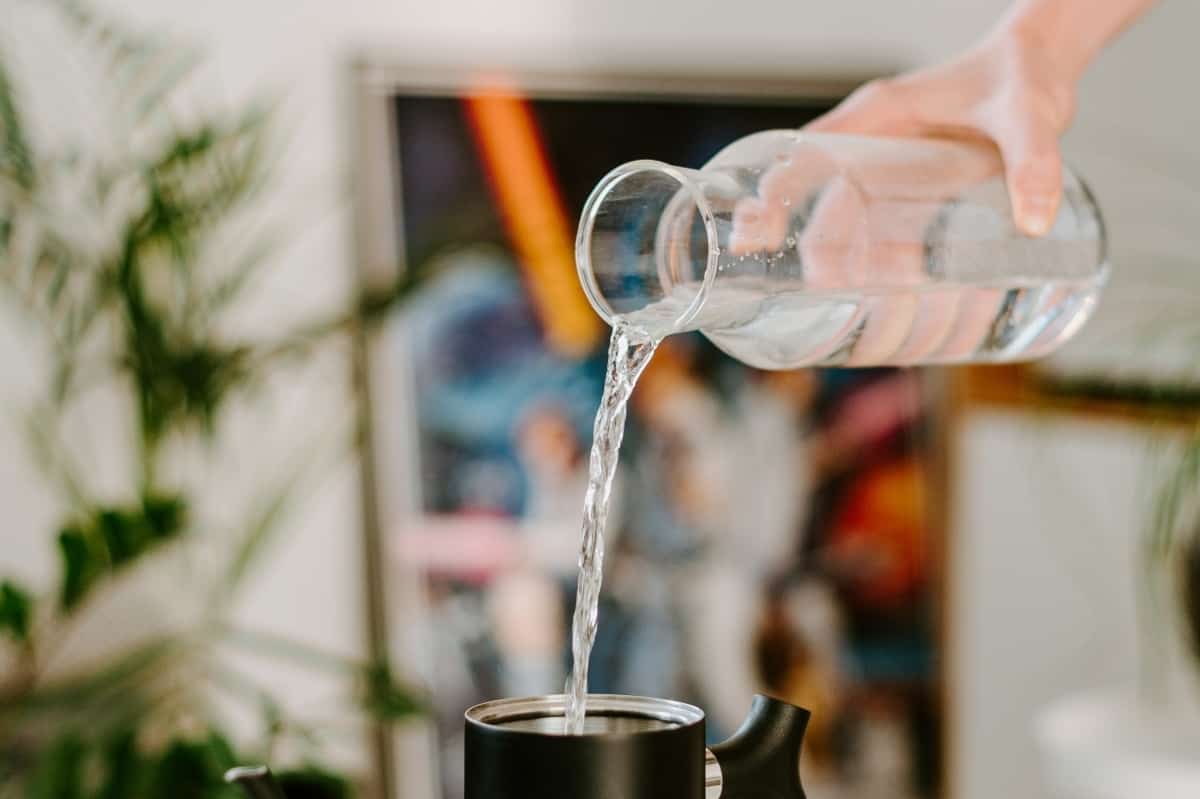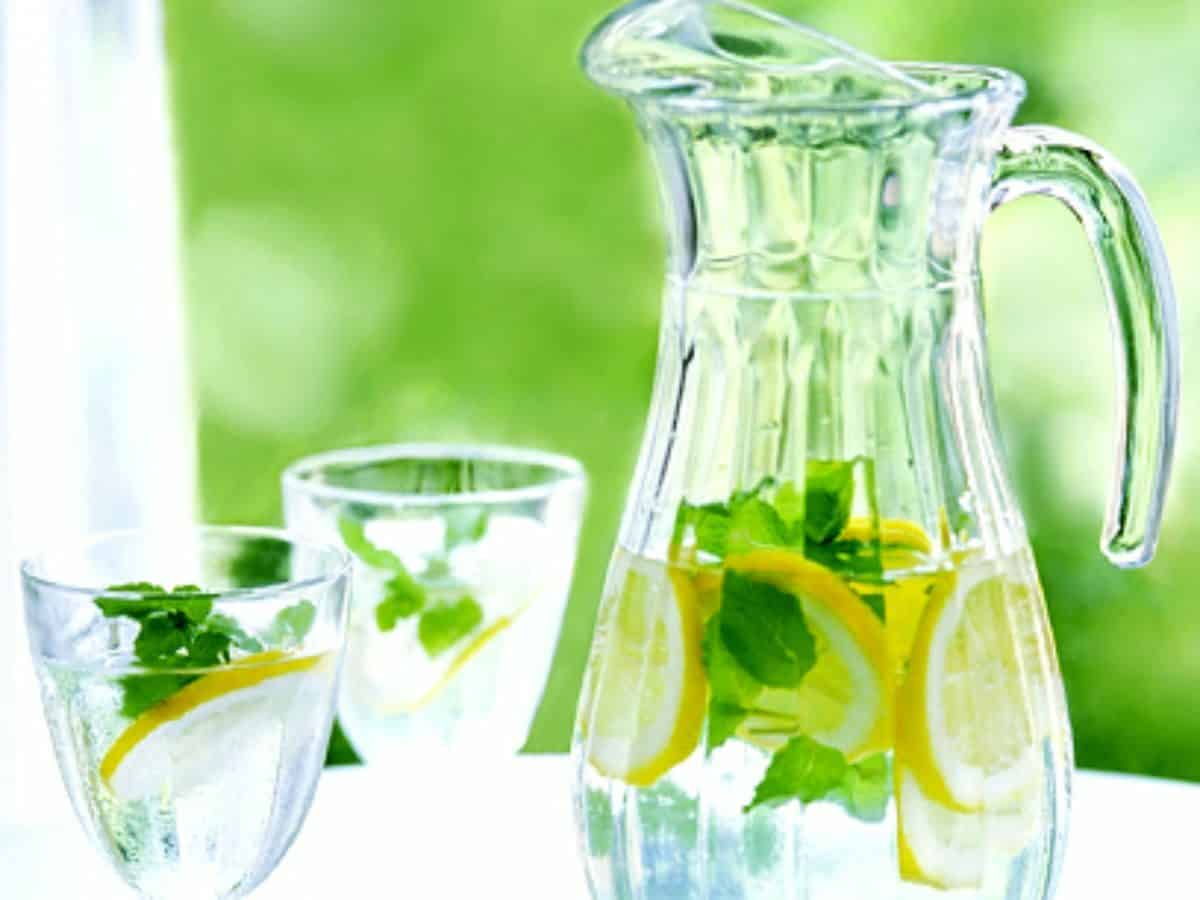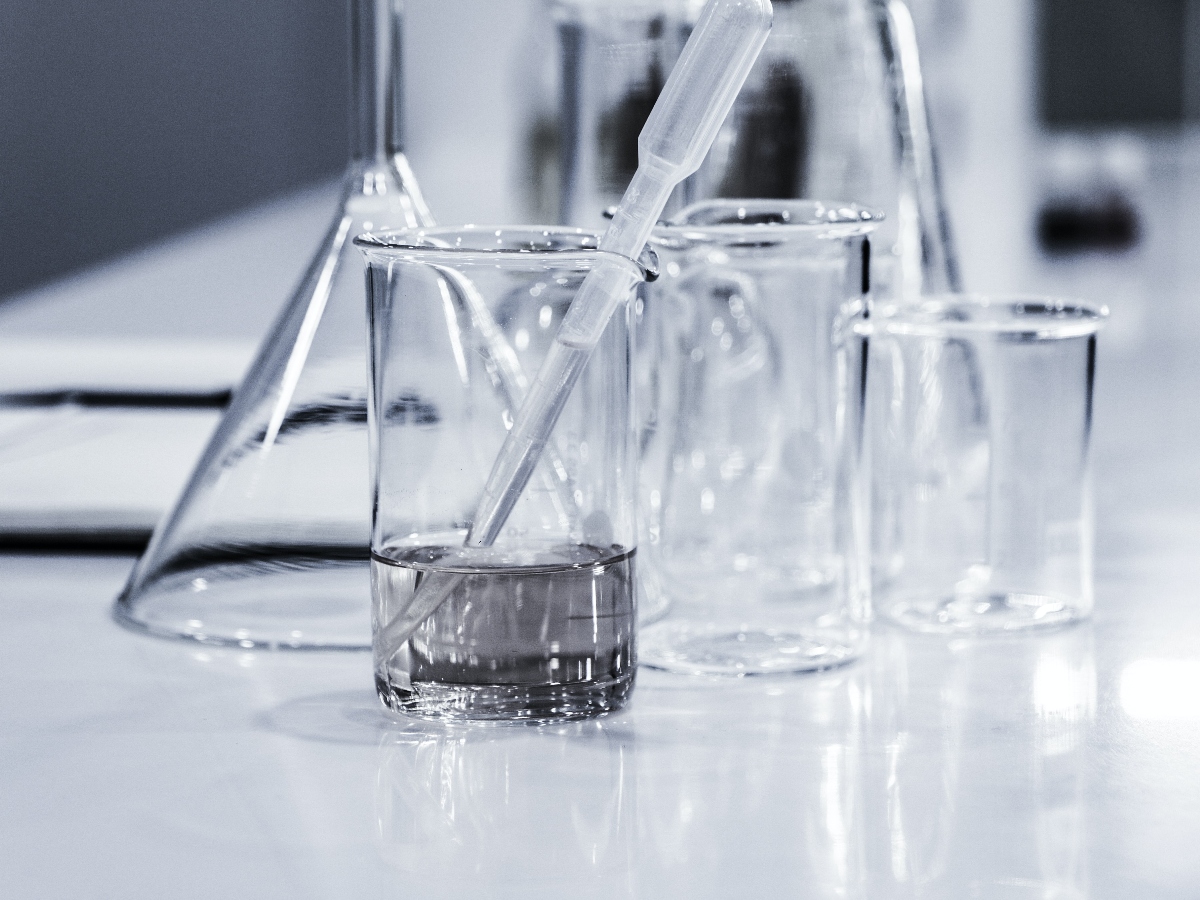As a homeowner, you may eventually realize that your household water supply is not in the acidity range where it should be. This might cause you to wonder how to lower pH in water naturally, so your water supply can be healthier for you and your whole family. In this article, we’ll discuss what it means to measure the acidity of your water supply.
We’ll also explain how you might go about altering that acidity to get it closer to the neutral range. This is the range that is deemed most desirable and most healthy for your family. It’s very easy to measure the acidity of your water supply. However, it’s a little more complicated to undertake a solution for high acidity. That means you’ll probably want to leave the solution to a professional. A professional will have performed this kind of service for a great many households besides your own.

What Does pH Actually Measure?
When you measure pH, it will be on a scale from 0 to 14. At a level closer to zero, water will be more acidic. When the acidity level is closer to 14, it will be more alkaline. That means a pH level of 7 will be neutral. That’s exactly the figure you want your water to be at because it signifies that the water is well-balanced.
Normally, tap water will be in the range of 6.5 to 8.5. That means it can run slightly acidic or it can be slightly more alkaline. Measuring the pH of water can be very important for your body. It can also be a big factor in maintaining good health for you and your family members. A neutral pH is best for your household water supply. The reason for that is that it doesn’t impact any of the body’s natural levels.
As an example, your stomach is typically somewhat acidic. This is natural because that acid must kill off any bad bacteria that get ingested. The pH level of your drinking water may be in the alkaline area. In that case, it’s possible that your stomach lining will lose acidity. This will render it less effective in carrying out its normal function. That normal function includes, among other things, killing off bad bacteria.
There’s another important consideration when you drink water with a high pH level (in the alkaline area). In this scenario, you’ll likely have reduced blood viscosity. This means that blood won’t be able to flow as freely through your blood vessels. This, of course, is an undesirable situation to have in your body. So, it’s a good idea to measure the pH level of your household’s drinking water. When you do this, you’re trying to determine whether it’s more acid, more alkaline, or in the normal neutral range. It’s this neutral range that is most beneficial for you and your family members.

The Benefits of Alkaline Water
Several health claims have been made about drinking more alkaline water. Unfortunately, there hasn’t been a great deal of research done in this area. That means results are still fairly inconclusive at present and awaiting future verification. Some experts claim that alkaline water has the capability of providing several benefits to your body. These benefits include the following:
- boosting your immune system
- detoxifying your body
- achieving healthier skin
- cleansing your colon
- increasing your hydration level.
Some early results do seem to support this. However, it cannot be stated positively because there just isn’t enough research available to support it. Those who make claims about alkaline water’s anti-aging characteristics are on more solid ground. That’s because a bit more research has been done in this area, and it seems to hold up.
Supporters of alkaline water also point to its properties relative to achieving weight loss and building up resistance to cancer. This is justified because alkaline water helps to neutralize harmful body toxins, and it assists with the process of flushing them out. These are very exciting possibilities. It must be remembered that more research will be necessary for such claims to be considered scientific proof.

So, What is the Ideal pH For Water?
The ideal pH for your household’s drinking water supply should be right around 7. However, it’s rare for tests to come out so perfectly balanced. More often, drinking supplies that come from municipal sources will test out somewhere between 6.5 and 8.5. These readings are still well within the neutral range of the scale.
At this neutral range, your drinking water will not have any impact on your body’s systems. So, it will not help or harm any of your body’s normal processes. Testing may reveal that your water supply is significantly outside the neutral range. In this situation, it’s probably wise to take steps to have it lowered or increased. That will get the pH level closer to a neutral setting.
How to Lower pH In Water Naturally
Most household tap water tends to be on the higher side of the scale. You may be wondering how to lower the pH in water naturally. This is a good idea if you’d like to achieve a more neutral pH level. So, the first thing you’ll have to do is purify your water supply somehow. This will allow you to be confident that impurities aren’t impacting the pH level of your water supply.
The next thing you should do is measure the beginning pH of your purified water. For this task, you can use pH strips that can easily be purchased. You’ll find them online, at a garden center, or in any one of several health food stores. It’s important to know what the starting point is for your tap water. Then, you’ll know what kind of adjustment is needed to get it back down to a more neutral range.
Lemon Juice
One of the most effective ingredients for lowering the pH level of any water supply is fresh lemon juice. You can experiment with this by adding a few drops of lemon to a glass of purified water. Then conduct a retest of the pH level. If the water is still outside the neutral range, you can continue adding more lemon juice. Eventually, you should get the results you were looking for. However, this process is just a test. It won’t give you a permanent solution to your high pH water level.
Filter Options
You can achieve a permanent solution for high alkaline water. However, you’ll need to install some kind of water filtration system on the faucets in your home. These simple filters will generally include some kind of sodium hydroxide injection system. When you add sodium hydroxide to the water supply in your home, it will lower the pH level as it is dispensed. This will allow you to have drinking water that’s much closer to the neutral range.
The simplest kind of filter can be installed by simply screwing it onto your faucet. When you turn on the water faucet, the filter will lower the pH of the water. This is done by removing minerals in the water that would tend to elevate the pH level.
These minerals can be a combination of potassium, sodium, and fluoride. All of them will tend to increase the pH level of your water supply. You can find simple water filters like this at any home improvement store or garden center. Each one is capable of purifying about 10 gallons of water for each hour of service.
Acid Injection
If you decide to install a more sophisticated water filtration system, the work is best left to a professional. It can be tricky, and it requires a good understanding of water acidity levels. As one example, you could install an acid injection system. This will balance the water’s acidity level by sensing the source pH level.
Once this has been done, the system will inject food-grade acids into the water flow. This will ensure that the water which gets dispensed is perfectly balanced. Acid injection systems are both more sophisticated and more expensive. That means you shouldn’t take a chance on botching the job yourself, even if you’re an experienced do-it-yourselfer.
This would be an appropriate time to contact ONIT for a test of your water’s acidity level. The ONIT specialists will know how to lower the pH in water naturally. They will also be able to install a solution that will correct your acidity level.
Contact ONIT Home to Help You With Clean Water, Straight From the Tap
If you don’t feel confident about lowering the pH level in your water naturally, please do contact us at ONIT. This is one of the great many services we provide to the community. We have the technology and the expertise to accomplish a great many household requirements having to do with water. For instance, we can install water filtration systems, test your water content, and lower the pH levels as needed! Give us a call today at 1-833-433-0331 to get started.



